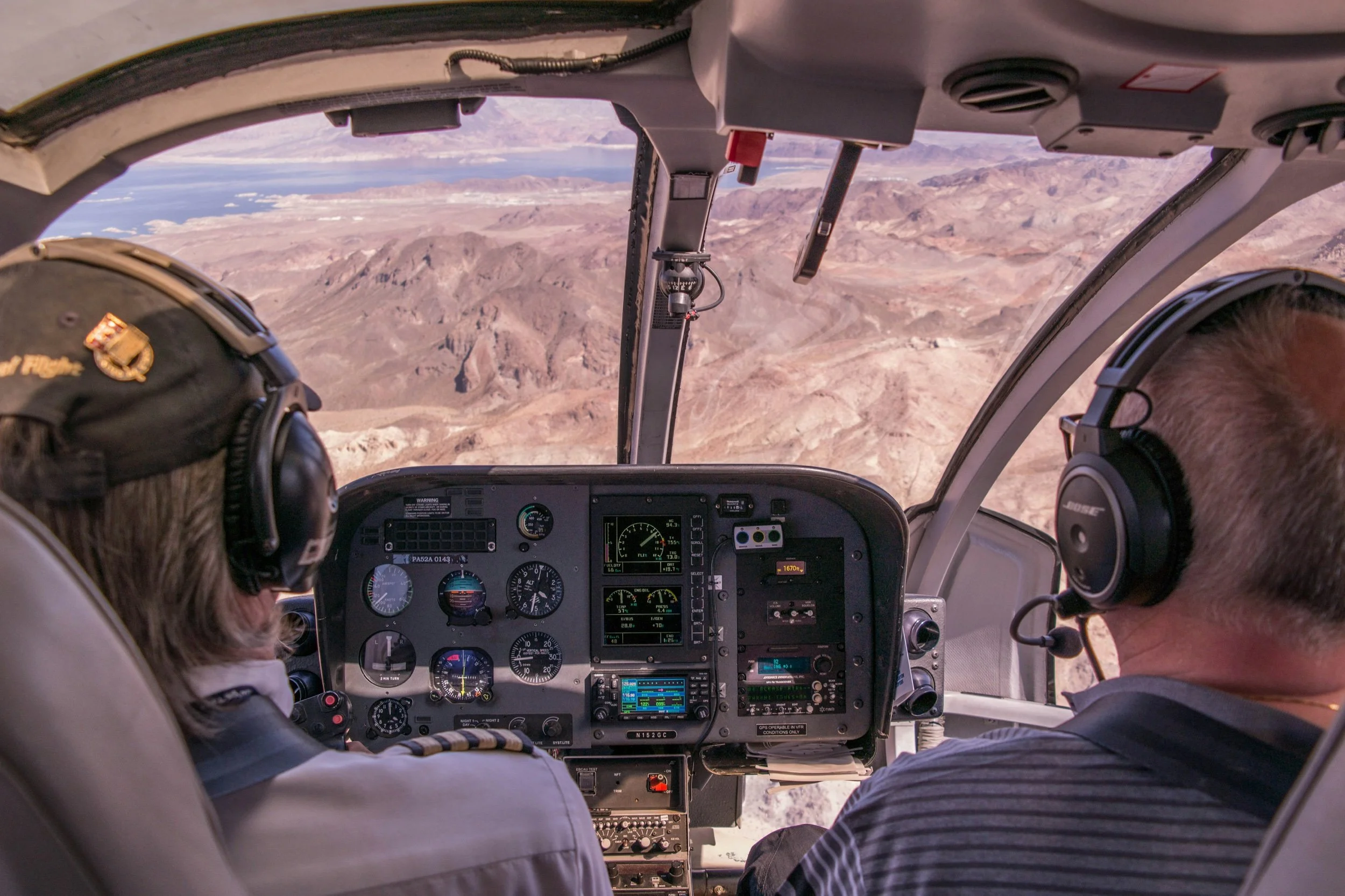How Can Pilots Reduce The Risk Of Bird Strikes During Takeoff And Landing?
Bird strikes pose a serious safety concern in aviation. Thousands of incidents are reported each year, causing millions of dollars in damage and potentially catastrophic consequences. How can pilots reduce the risk of bird strikes during takeoff and landing?
Pilots can reduce bird strike risks by following airport wildlife advisories, adjusting flight schedules to avoid peak bird activity times (dawn/dusk), using landing lights to increase visibility, and maintaining slower speeds below 10,000 feet, where most strikes occur.
While these basic preventive measures are important, pilots need to understand the specific strategies for different scenarios. The effectiveness of each method varies depending on factors like season, location, and aircraft type. The rest of this article includes detailed approaches for pilots' situations.
What Specific Bird Strike Prevention Strategies Work Best In Different Seasons?
During spring and fall migration periods, birds are particularly active and travel in larger flocks. Pilots should pay extra attention to NOTAMs regarding bird activity and consider scheduling flights during midday when possible, as migration typically peaks during early morning and evening hours. Additionally, maintaining contact with air traffic control for real-time bird activity updates becomes especially crucial during these periods.
In summer, birds are generally more predictable in their movements but still present risks near wetlands and agricultural areas. Pilots should be particularly vigilant when operating near these locations and may need to adjust their climb rates to reach safe altitudes more quickly.
Winter typically sees reduced bird activity in many regions, but pilots shouldn't become complacent. Concentrated bird populations near warmer water sources and urban areas can still pose significant risks.
How Do Different Aircraft Types Require Different Bird Strike Prevention Approaches?
Larger commercial aircraft with multiple engines have different considerations than smaller private aircraft. While both should avoid bird-rich areas, larger aircraft typically have more robust bird strike protection systems and can better withstand impacts. However, their size and speed make them less maneuverable when encountering birds.
Smaller aircraft need to be especially cautious as they're more vulnerable to damage from bird strikes. They should consider maintaining lower speeds during high-risk periods and may need more dramatic evasive action when birds are spotted.
What Should Pilots Do When Bird Strike Prevention Fails?
Pilots must be prepared for actual bird encounters despite best prevention efforts. The immediate response should focus on maintaining aircraft control rather than attempting aggressive, evasive maneuvers, which could create additional safety risks.
After a strike occurs, pilots should assess for any changes in engine performance, unusual vibrations, or control issues. Even if no immediate problems are apparent, they should report the incident to air traffic control and follow their operator's procedures for inspection upon landing.
Pilots should follow emergency procedures if significant damage occurs, focusing on finding the nearest suitable airport while maintaining critical flight parameters.
How Can Airports Support Pilots In Reducing Bird Strike Risks?
Modern airports employ various wildlife management techniques that pilots should know and utilize. Many facilities use habitat modification strategies, removing standing water, tall grass, and other attractants that draw birds to the airfield. Pilots should familiarize themselves with these measures at their regular destinations and factor them into their risk assessments.
Airports also often employ wildlife control teams that actively monitor and disperse birds using techniques like acoustic deterrents, predator calls, and pyrotechnics. Pilots should pay attention to any wildlife activity notifications from these teams and maintain communication about observed bird activity.
What Role Does Technology Play In Modern Bird Strike Prevention?
Advancing technology is providing new tools for bird strike prevention. Weather radars can now detect large flocks of birds, and some airports have implemented avian radar systems specifically designed to track bird movements. Pilots should understand how to access and interpret this data when available.
New developments in aircraft lighting systems, including pulsing LED lights, have shown promise in making aircraft more visible to birds. While these technologies aren't yet universal, pilots should stay informed about such developments and implement them when possible.
Some airlines and airports also experimented with artificial intelligence systems that predict bird movements based on historical data, weather patterns, and seasonal migrations. While these systems are still evolving, they represent an important emerging tool in the bird strike prevention toolkit that pilots should be ready to incorporate into their planning processes.
Taking Flight With Your New Knowledge
The most impactful step you can take right now is to review the wildlife management procedures at your most frequently visited airports and ensure you're familiar with their specific reporting systems and communication channels. Understanding these local protocols will help you better integrate the prevention strategies discussed above into your pre-flight planning and make more informed decisions during critical flight phases.



